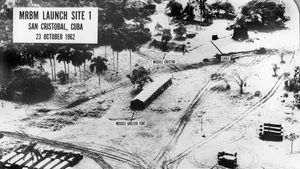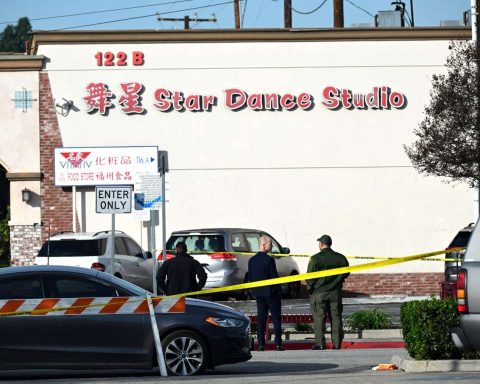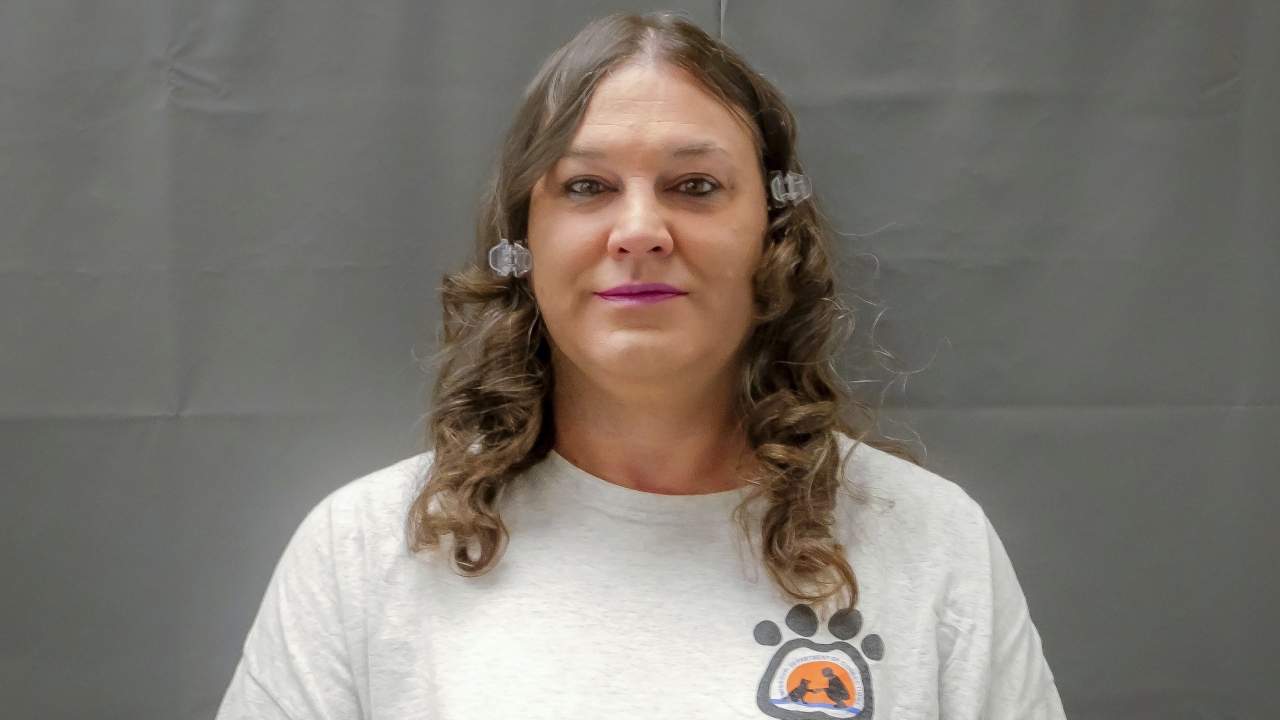
As the World War ended, the leaders of the United States, Great Britain and the Soviet Union met in Germany, where they intended to talk about maintaining and stabilising peace in the region. It was said that the most crucial time was not represented in a memo or proclaimed at a press conference. Later in the conference, U.S. President Harry Truman called aside Soviet premier Joseph Stalin to share some interesting news: The U.S. had just successfully tested a weapon of “unusual destructive force.” It was a nuclear weapon capable of destroying entire cities, the most dangerous and powerful weaponry the world had ever seen. However, the peace talks would only last for 18 months before a Cold War began.
The Cold War was an ongoing restricted political rivalry between the United States and the Soviet Union and their respective allies. The antagonism began after the Second World War. The U.S. and Britain, distressed by the Soviet domination of Eastern Europe, feared the expansion and domination of Soviet power and communism in Western Europe and elsewhere. The Soviets were determined to maintain control of Eastern Europe to safeguard against a possible renewed threat from Germany. The turn of phrase, ’Cold War,’ was first used by Bernard Baruch. He was the presidential advisor during a congressional debate in 1947, focused mainly on political, economic, and propaganda fronts and had the limited option of weapons and artillery. The cold war was at its peak in 1948 after the U.S.S.R and the Berlin blockade backed a communist coup. So with the intent to show a United front, the United States and its allies formed a transatlantic mutual defence alliance called NATO on April 4, 1949. The member nations signed a treaty agreeing and acknowledging that “an armed attack against one or more member nations was an attack on them all.” The U.S.S.R, in turn, created a defence alliance of its own. The two sides engaged in an arms race, pouring and investing trillions of dollars into accumulating weaponry.
An extreme stage occurred in 1958–62 with the Cuban missile crisis, after the US had detected Soviet base build-ups in Cuba, which was really close to Florida. The US president demanded that they be removed and also cautioned that an attack on any US territory would result in an immediate nuclear attack on the U.S.S.R
However, these nuclear weapons posed a danger to the atmosphere due to radioactive fallout after nuclear weapons testing had become a critical issue. Negotiations were made to ban atomic weapon testing. In Moscow, August 5 1963, The Nuclear Test Ban Treaty, formally Treaty Banning Nuclear Weapons Test in the Atmosphere, in Outer Space, and Under Water, was signed by the United States, the Soviet Union, and the United Kingdom that banned all tests of nuclear weapons except those conducted underground.





